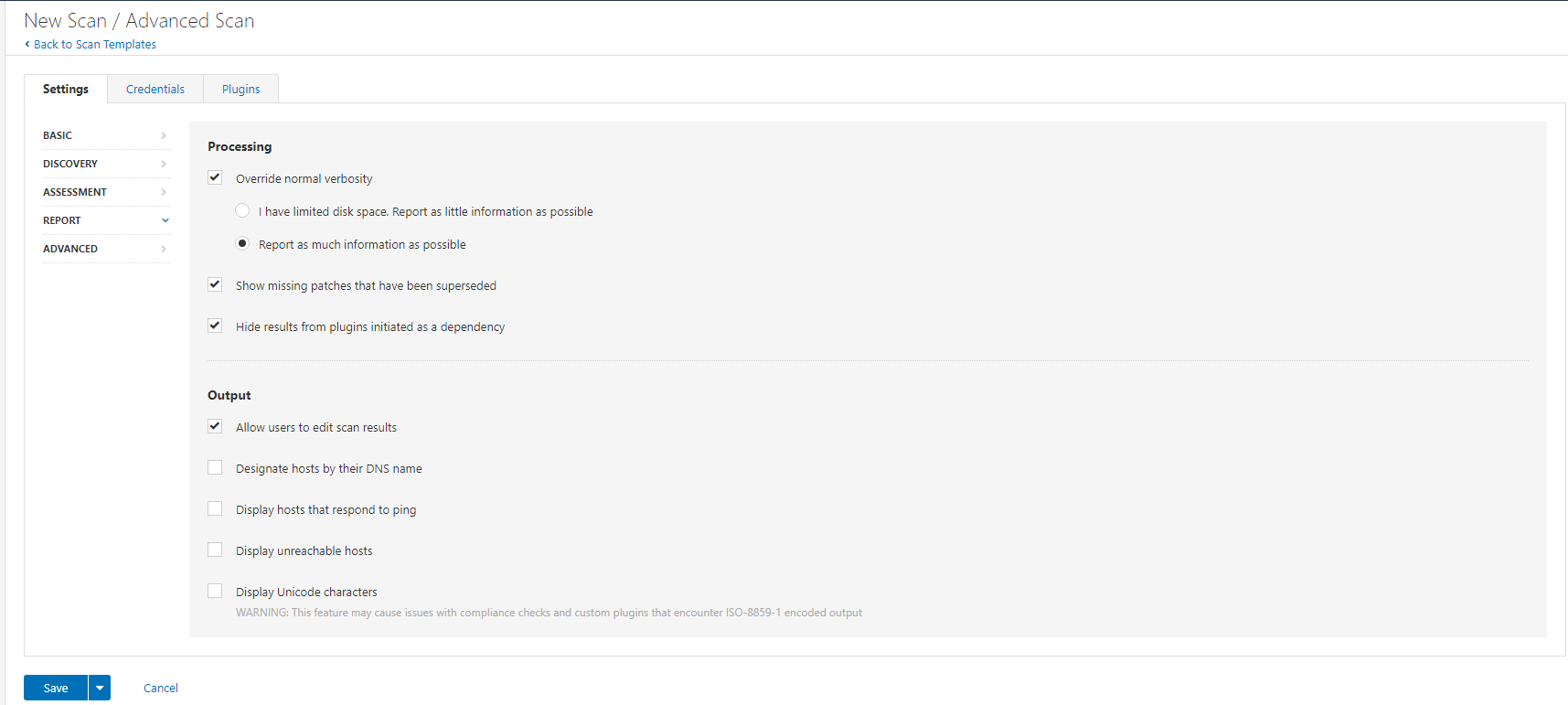
Packages Offered by the Distribution - In the case of Linux/UNIX, the OS patches are extended by the package management system and offer patches for your kernel, core software, and other software installed by the distribution.Popular software, such as web browsers and related add-ons (Oracle Java, Adobe Flash), plague this category, making it challenging to manage and keep up-to-date. 3rd-party Applications - Software installed by the user (outside of any package management system) is classified as third-party.Microsoft also provides regular patch updates for Microsoft Office as well. In the case of Microsoft Windows and Apple OS X, it's fairly straight forward as patches are released that apply primarily to the software which comes with the OS. Operating System (OS) Patches - These are patches made available by your OS vendor.I tend to break them up into three general categories: Regardless of platform, there are a plethora of patches to be applied. The new Nessus consolidated “Patch Report” plugin identifies which patches to apply to protect your systems. Pinpointing those patches that must be applied to become current requires careful analysis.


Ensuring that patches are applied to systems is a complex problem.


 0 kommentar(er)
0 kommentar(er)
